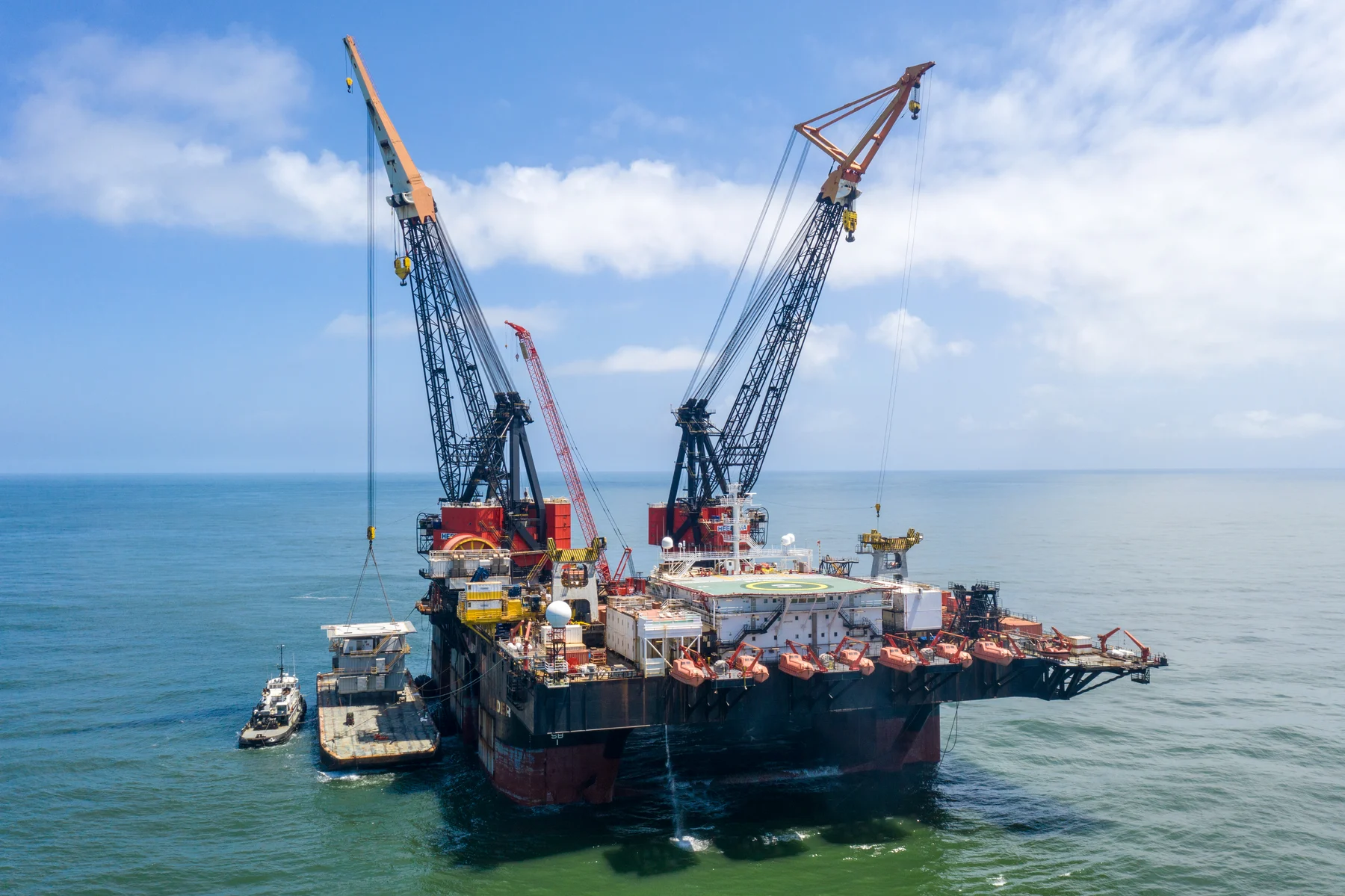
What Does (Form A) Really Mean?
It’s not just a clean inspection report. It’s a statement of awareness, discipline, and operational integrity, granted to a vessel

The semi-submersible crane vessel DCV Balder, operated by Heerema Marine Contractors, stands as a landmark in offshore engineering. Built in 1978 by Mitsui Engineering & Shipbuilding in Japan, it and its sister ship the SSCV Hermod were the pioneering semi-submersible crane vessels in the world.
One of its most impressive features is its semi-submersible hull design: two pontoons with three columns each, enabling the vessel to submerge its pontoons during lifting operations (ballasted to approx. 25 m) while reducing wave motion influence. Its transit draft is about 12 m.
In terms of heavy-lift capability, the Balder offers twin crane tandem lifting capacity of up to 6,300 metric tonnes, allowing it to install large topsides, modules, and offshore structures with confidence.
Following a refit in 2001, the vessel was upgraded to a full deep-water construction vessel (DCV) with Class III dynamic positioning, an impressive 98-metre J-Lay tower for pipe-laying in depths up to ~3,000 m, and one of the largest mooring winches in the world (diameter 10.5 m, SWL 275 t).
A notable curiosity: despite its age, the Balder remains active and relevant. It has been involved in record-setting deep-water operations — for example mooring the Independence Hub Facility at 2,438 m depth in 2007 and helping to right the Thunder Horse Platform after Hurricane Dennis in 2005.
More information at:
GRUPO STIER
Shipping agent
P&I Correspondents, loss adjusters.
+ 34 607 55 29 27
+ 34 650 24 75 74
www.stier.es
pandi@stier.es
agency@stier.es

It’s not just a clean inspection report. It’s a statement of awareness, discipline, and operational integrity, granted to a vessel

Publication by Enrique Sanmartín Gómez in Mar The approval of the Maritime Navigation Regulation (RONM) drives the digitalization of procedures,